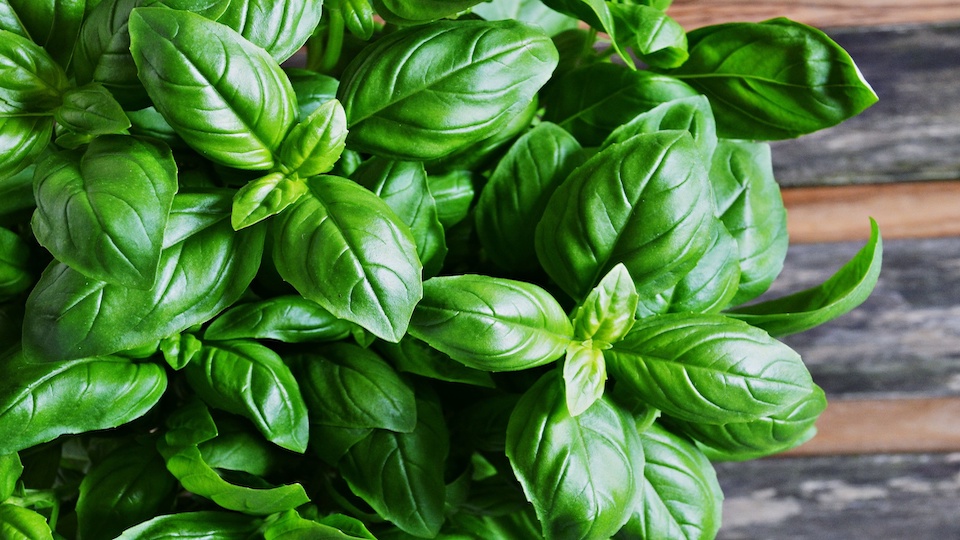Herbs are an essential addition to any garden and are an excellent ways for the beginner gardener to get their feet wet. They are easy to grow and will produce throughout the whole year if cared for properly. From the kitchen to various beauty products, and medicinal salves, you are almost guaranteed to start using fresh herbs in virtually every room in your house. Thankfully, growing herbs from seed is easy and is a wonderful (and inexpensive) way to create a bountiful herb garden.
Contrary to what most people think, growing herbs from seed is not some complicated process that requires a Ph.D. in gardening. In fact, it is incredibly simple and is very similar to growing vegetables or flowers from seed. However, there are a few plants, such as lavender, rosemary, and bay leaf that are not worth the frustration. These seeds take an incredibly long time to germinate and are susceptible to fungus and mildew, and you aren’t always guaranteed to get the variety you purchased. Stick to buying these herbs as small plants and transplanting into the garden. Other than those few exceptions, however, you can plant virtually any herb seeds and see great success. Check out our favorite no-fail herbs that are super easy to grow from seed.
Cilantro/Coriander
The leaves of this cool season annual are referred to as cilantro and are usually used in Mexican, Asian, and Indian dishes, while the seeds (called coriander) add an earthy lemon flavor to soups, stews, spice rubs, and curries. Use the leaves throughout the growing season, and at the end of the year, let the plants go to seed and collect the coriander seeds to get the most out of your cilantro plant.
Cilantro doesn’t transplant well, so sow seeds directly into the garden in an area with rich, well-draining, loamy soil. Plant two weeks before the last expected frost in an area that recipes at least six hours of full sun every day. Cover seeds with ½” of soil and keep moist during the germination period. To avoid overcrowding, thin seedlings to four inches apart once they are at least two inches tall. Plant a successive crop every three weeks to extend the growing season, but keep in mind, cilantro is a cool-season plant and won’t do well when the weather gets too hot. Water regularly and don’t allow the soil to dry out completely.
Sweet Basil
One of the most versatile herbs, the flavor of basil brings any savory dish to a whole new level. Pair with tomatoes in the kitchen and the garden for the ultimate match. Use fresh basil in pasta sauce, pizza sauce, pesto, or dry it for a staple in the spice cabinet. Unlike cilantro, basil hates the cold, so it is important to wait to plant basil outdoors until the weather warms
Start seeds indoors six weeks before the last expected frost date. Cover seeds with ¼” of soil and transplant seedlings into the garden in an area with rich, well-draining soil once all danger of frost has passed. Pinch off the stem just above a pair of leaves and use fresh for optimal flavor. This will also encourage the plant to branch out and produce more leaves.
Sage
Often used to add flavor to meats such as sausage, pork, and poultry, sage has a delicious peppery taste that compliments savory dishes. Sage is a perennial herb and can grow up to three feet wide, so make sure that you plant it in a permanent location with plenty of space to spread out.
Start seeds indoors four to six weeks before the last expected frost date and transplant seedlings into the garden after all danger of frost has passed. Sage grows best in well-drained sandy soil and is drought tolerant once established. Avoid harvesting leaves until the second season to give the plant time to grow and flourish. For optimal flavor, pick leaves just before they bloom.
Tips for success:
- Other herbs can be grown from seed but always remember to pay attention to the soil, light, and water requirements on the packet.
- Some herbs such as mint can become invasive so always plant them in a pot or container.
- Many herb seeds are very tiny. Mix them with sand to avoid planting them too close together.
Fair warning: Once you start growing herbs from seeds, you are sure to get hooked!
-Taylor Ramsey




